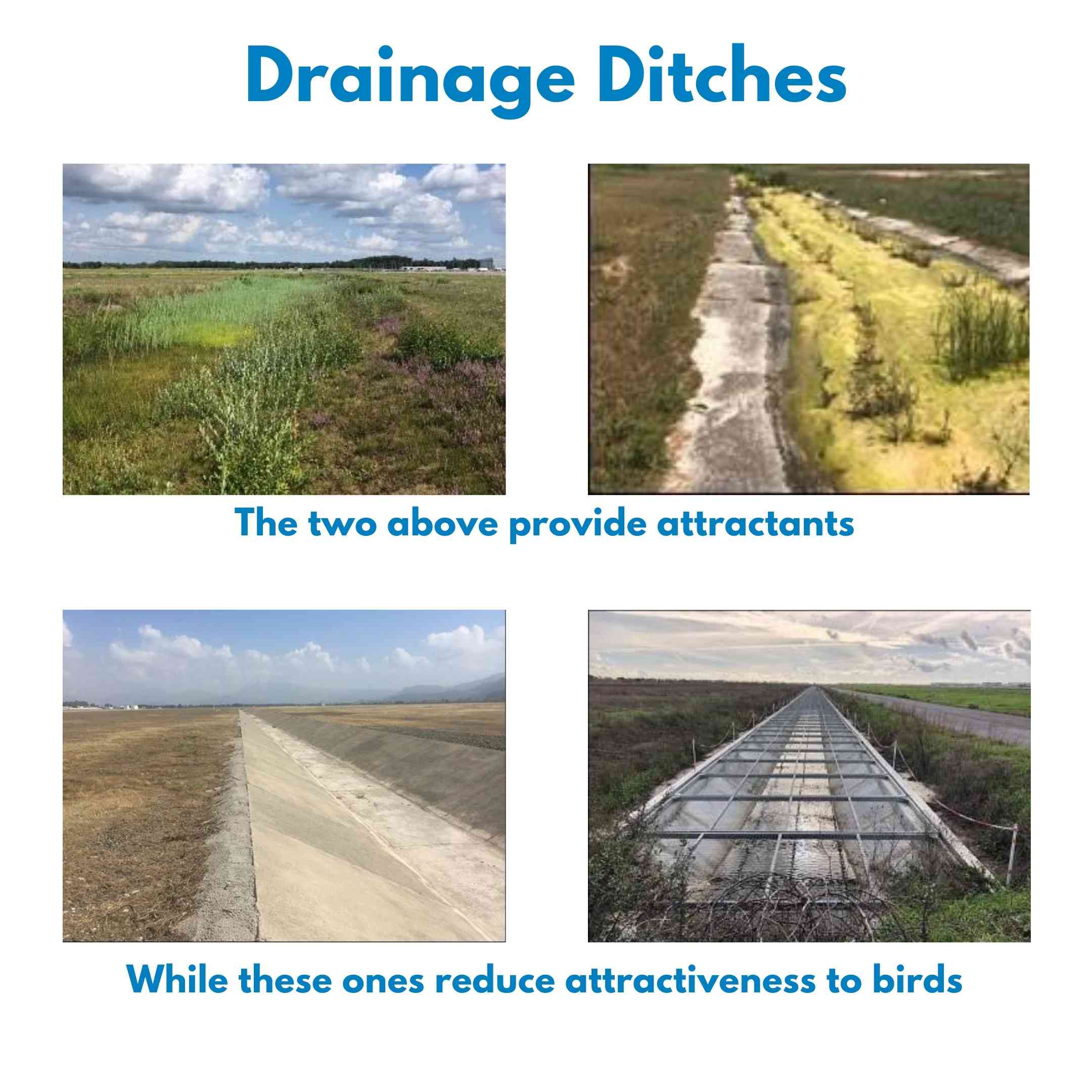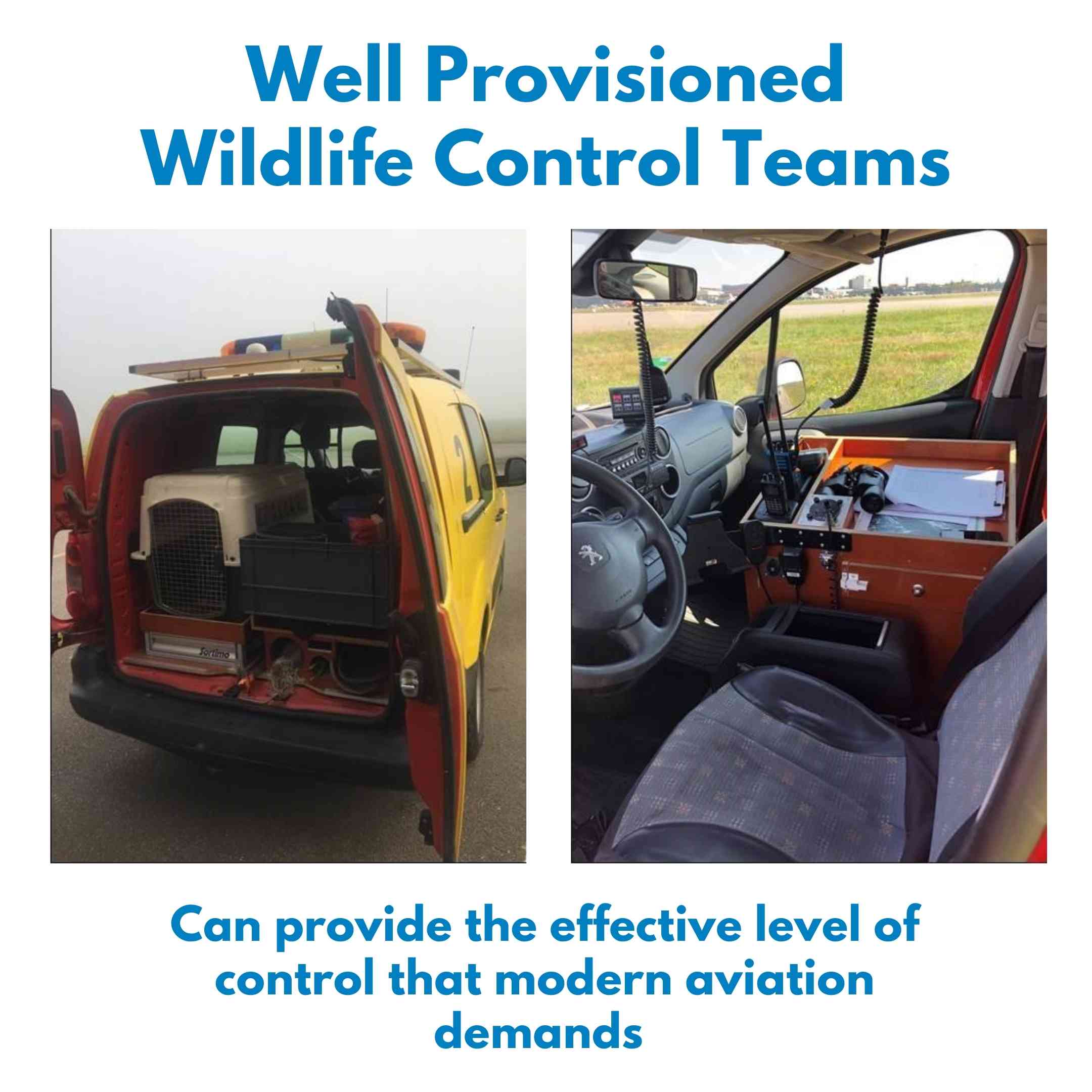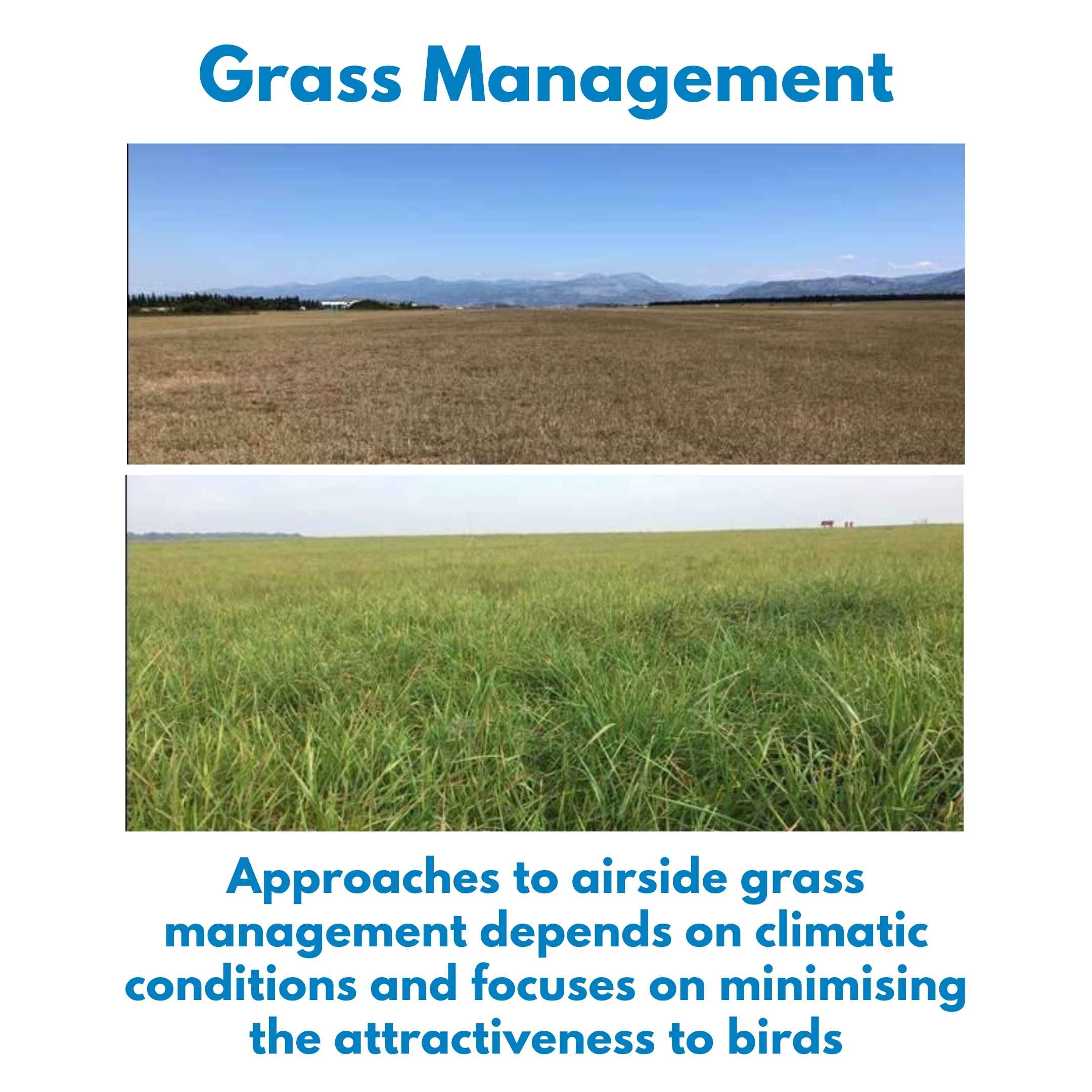As operations begin to return to normal, NAAs, Aerodromes and Airlines need to work together to ensure that we manage our Bird and Wildlife Hazards effectively as a key part of operating safely throughout the crisis and also to reduce the financial and operational impact of bird and wildlife strikes.
This article and the attached guide (Updated on 14 April 2021) sets out the practical steps you can take to play your part in keeping our crews and passengers safe and should be read in coordination with the EASA SIB 2020-07-R2 on the Progressive Restart of Aerodrome Operations after Complete or Partial Closure
This is a collaborative safety article written by Phil Mountain (Starr Consulting Services) and Marta Giordano, DGAC France. It was supporting by other colleagues and experts from AESA Spain, Bologna Airport, British Helicopter Association, Fraport Greece, Easyjet and, Wizzair.
Additionally the Irish Aviation Authority have issued a guide to Bird and Widlife Strike Management at Aerodromes that is available on the IAA website.
What the EASA SIB recommends
The EASA SIB on the restart of aerodrome operations has the following key points to support effective wildlife hazard management:
- An increase in the frequency of inspections for wildlife presence should be considered and the status of wildlife activity reporting should be checked. The latest available reports should be reviewed, updated and special focus should be given to areas which are known for wildlife activity.
- The status of vegetation, habitat and land use management at the aerodrome should be regularly checked.
- In the case of increased bird activity at and around the aerodrome, a NOTAM should be issued to advise caution.
- The status of the aerodrome fences should be checked regularly. Fences should be repaired, when necessary.
- Availability and functioning of repellent systems should be checked.
- Aircraft, aerodrome equipment and infrastructure, such as passenger boarding bridges, should be checked for possible nesting due to inactivity. Inform aircraft operators when wildlife activities are observed close to parked aircraft.
- Special focus should be given to new wildlife species, which have not yet adapted to aviation activities;
Effective Wildlife Hazard Management is a vital part of operating safely as we return to normal operations
Following the outbreak of COVID-19, aerodrome operators may have been forced to scale down or suspend operations due to the large reduction or cancellation of flights.
Across Europe there have been many different approaches in response to the pandemic situation when it comes to wildlife management – for all sorts of reasons, many of which may have been out of your control. The situation varies from ‘no change at all’ with the Wildlife Risk Management Plan (WRMP) continuing as before through to a ‘full stop’ of all actions for a period of time. Any reduction or change to your WRMP will result in changes to the actions you need to take to reduce the risk of wildlife strikes that could lead to accidents, financial costs and operational delays.
What we should all be trying to achieve
The goal of all stakeholders is to ensure effective Wildlife Hazard Management (WHM) during the return to normal operations (RNO) as a key part of operating safely throughout the crisis and also to reduce the financial and operational impact of bird and wildlife strikes.
EASA’s Safety Issue analysis has identified the increased presence of wildlife at aerodromes to be one of the most important for National Aviation Authorities (NAAs), aerodromes and airlines to consider. This makes WHM something important for all stakeholders to be thinking about right now.
The role of NAAs, aerodromes and also airlines in identifying and reducing the risks posed by birds and wildlife – how this document can help you?
If you work in an NAA, at an aerodrome or an airline there are different ways that you can use this document to help ensure that wildlife hazards are identified and managed effectively.
- For NAAs: Use this guide to ensure that aerodromes under your oversight are managing wildlife hazards effectively in view of the potential for an increased presence of wildlife during the restart of operations. It will help you to evaluate the potential changes that may have occurred during the lockdown and ensure that risks are effectively managed during the restart. To ensure that WHM assessments are effective, it is important that you gather the appropriate evidence from each aerodrome.
- For Aerodromes: Use this guide as part of a structured approach to identifying how your WHM risks may have changed during the crisis and to evaluate where your risks are to enable you to put in place the appropriate mitigation measures. Your efforts at an operational level are vital in the safety of operations!
- For Airlines: Monitor the bird and wildlife strikes in your route network to help identify where your greatest wildlife hazards might exist. This in turn may help you in your discussions with the respective NAAs and aerodrome operational teams in order to identify the best way to mitigate the risk.
What you can do to establish if an effective WRMP is in place?
- Go through the questions in the attached PDF document - a socially distanced on-site visit using competent personnel is the most effective approach.
- Refer to the relevant part of EASA regulation (EU) No 139/2014 - Acceptable Means of Compliance (AMC) and Guidance Material (GM), provided in Appendix 1, and the supplementary information in Appendix 2 when needed.
- Use the table in Appendix 3 as an easy way to record your findings if it helps.
Some interesting examples
We highlight some interesting examples of good wildlife hazard management practices here below.



Wildlife management staff - unsung heroes of aviation
We know there are some people who think birds and wildlife are natural phenomena that cannot be managed. In the modern world of aviation nothing could be further from the truth. Wildlife hazard management is a vital science that supports our industry and the people that work in this field (almost literally) are the unsung heroes of our industry.
If you are involved in bird and wildlife control to send us your stories and tips along with a photo of you in action (if you would like to) and we will feature this here. Send your inputs to us at safetypromotion@easa.europa.eu.

You are not allowed to comment on content in a group you are not member of.
Air Operations